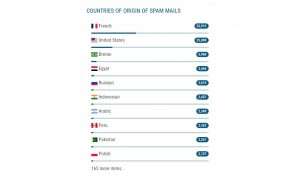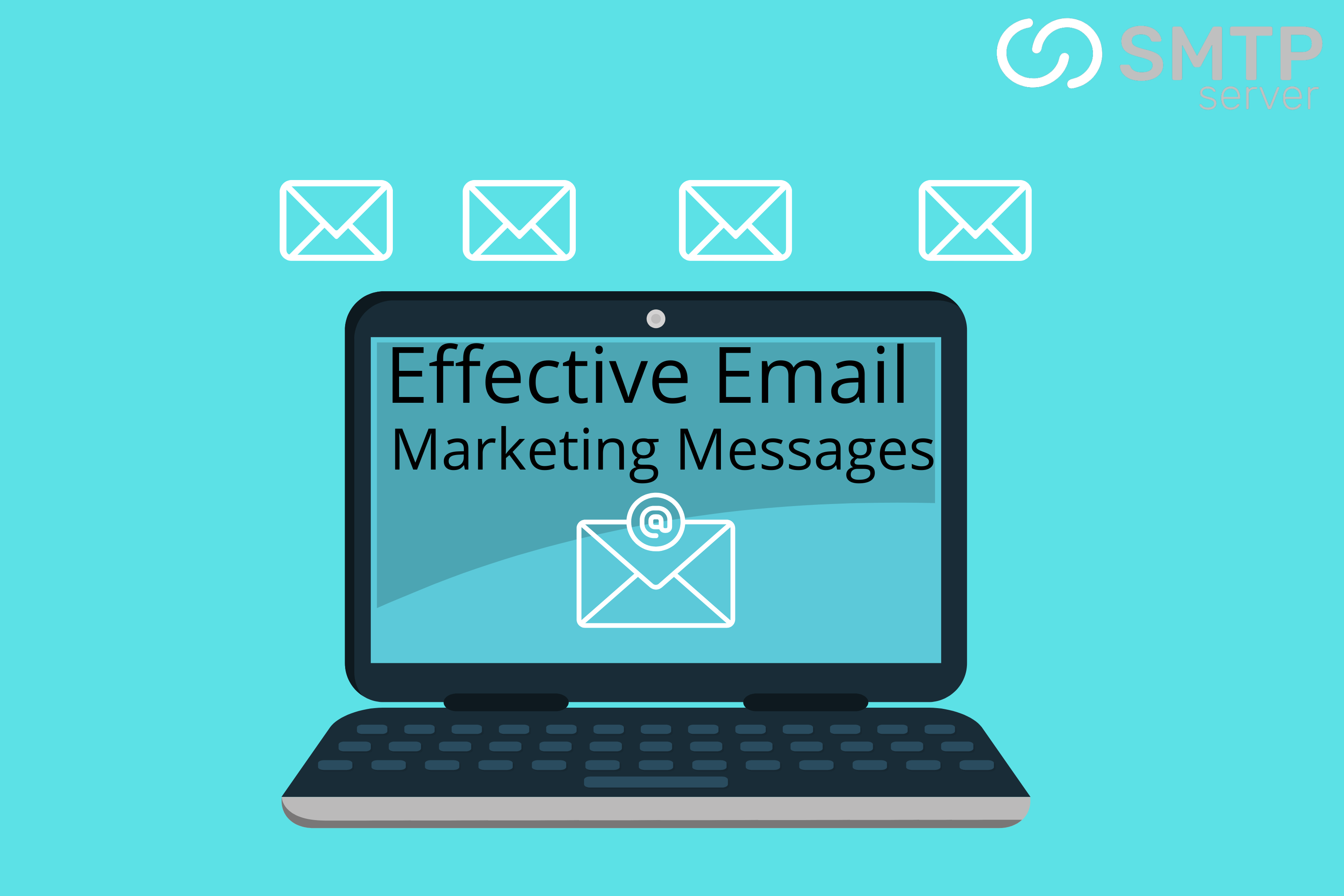46,443 total views, 19 views today
AI Emails Auto-Detected: The Future of Email Communication and Its Challenges
Imagine receiving an email so perfectly tailored to your interests that it feels like it was written just for you—this is the power of AI in email communication. In the age of digital transformation, Artificial Intelligence (AI) has revolutionized many facets of our lives, including the way we communicate through emails. AI-generated emails are becoming increasingly sophisticated, automating everything from personalized marketing campaigns to customer service responses. However, this innovation also leads to challenges, particularly in terms of email deliverability and security. Email service providers (ESPs) are now enhancing their features to detect and block AI-generated emails, ensuring that only legitimate content reaches users’ inboxes. This article explores how AI emails are created, the benefits and drawbacks of such automation, and the measures ESPs are taking to maintain the integrity of email communication.
The Rise of AI-Generated Emails
AI-generated emails leverage advanced machine learning algorithms and natural language processing (NLP) to create content that mimics human writing. These systems can analyze vast amounts of data to craft personalized messages that resonate with recipients. For instance, AI can tailor marketing emails based on user preferences, purchase history, and browsing behavior, making each email highly relevant and engaging. In customer service, AI can automatically respond to common queries, reducing the workload on human agents and providing instant support to customers.
For example, an AI might generate a marketing email like this:
Subject: Special Offer Just for You!
Body: Hi [Name],
We noticed you recently viewed our latest collection of summer dresses. As a thank you, we’re offering you an exclusive 20% discount on your next purchase! Use code SUMMER20 at checkout. Hurry, this offer is valid for the next 48 hours!
Best regards,
[Your Company Name]
Benefits of AI-Generated Emails
The use of AI in email communication offers numerous benefits:
⦁ Efficiency and Scalability: AI can generate and send a large volume of emails quickly, making it ideal for large-scale marketing campaigns. This scalability ensures that businesses can reach a wider audience without extensive human resources.
⦁ Personalization: By analyzing user data, AI creates highly personalized emails that improve engagement and conversion rates. Personalized content is more likely to capture the recipient’s attention and drive desired actions.
⦁ Consistency: AI ensures that messaging remains consistent across all communications, maintaining brand voice and quality standards.
⦁ Cost-Effective: Automating email creation and responses can significantly reduce operational costs, freeing up resources for other critical business activities.
Challenges and Drawbacks

Despite its advantages, AI-generated emails also present several challenges:
⦁ Spam and Phishing: The ability of AI to generate convincing emails can be exploited by malicious actors to create spam or phishing emails. These emails can deceive recipients into sharing sensitive information or clicking on malicious links.
⦁ Over-Personalization: While personalization is beneficial, there is a fine line between personalized and intrusive. AI must balance personalization with privacy, ensuring that emails do not come across as invasive or creepy.
⦁ Deliverability Issues: AI-generated emails may face deliverability challenges as email service providers implement stringent measures to detect and block automated content that may be deemed as spam.

Email Service Providers’ Response
In response to the growing prevalence of AI-generated emails, ESPs are enhancing their capabilities to detect and block such content. These measures are essential to protect users from spam and phishing attempts and to ensure the integrity of email communication. Let’s explore how ESPs are tackling this issue:
Advanced Spam Filters: Modern spam filters use machine learning to identify patterns and characteristics of AI-generated emails. These filters can analyze the content, structure, and metadata of emails to detect automation. Emails that resemble known spam or phishing patterns are flagged and redirected to the spam folder. Various records like DMARC, SPF and MX records are checked in order to get proper authenticity of the sender addresses. For instance, Google’s Gmail employs TensorFlow-based machine learning to filter out spam, boasting an accuracy rate of 99.9%.
Consider this small AI-generated phishing email example:
Subject: Urgent: Verify Your Account
Body: Dear User,
We detected unusual activity on your account. Please click the link below to verify your account details immediately to avoid suspension.
[Phishing Link]
Thank you,
Support Team
When Gmail detects such an email, it flags it and moves it to the spam folder, protecting the user from potential threats.

⦁ Behavioral Analysis: ESPs monitor user behavior to detect unusual patterns that may indicate automated email activity. For example, a sudden spike in outgoing emails or a significant increase in bounce rates may trigger further investigation. Tools like Microsoft Outlook’s Advanced Threat Protection use behavioral analysis to identify and mitigate suspicious activities.
⦁ Content Analysis: AI-driven content analysis tools assess the quality and relevance of email content. Emails that contain generic, repetitive, or overly promotional content are more likely to be flagged as spam. ESPs employ algorithms that evaluate the lexical and syntactical structures of emails to differentiate between human and machine-generated content.
⦁ User Feedback: User reports and feedback play a crucial role in identifying AI-generated emails. ESPs rely on users to report suspicious emails, which are then analyzed to improve detection algorithms. Platforms like Yahoo Mail incorporate user feedback to refine their filtering processes continually.
⦁ Verification Mechanisms: To ensure authenticity, ESPs are implementing stricter verification mechanisms, such as Domain-based Message Authentication, Reporting & Conformance (DMARC). These protocols help verify the legitimacy of the sender’s domain, reducing the chances of spoofed emails reaching the inbox. Services like Mailchimp and SendGrid encourage users to adopt DMARC policies to enhance email security. A .guide on detailed DMARC policies can be found in our blogs.
⦁ Collaborative Efforts: ESPs are also collaborating with cybersecurity firms and other stakeholders to share data and insights on emerging threats. This collective approach helps in developing more robust defenses against AI-generated spam and phishing attempts.
Conclusion
AI-generated emails represent a significant advancement in email communication, offering efficiency, personalization, and cost savings. However, the potential for misuse and the challenges associated with deliverability require a robust response from email service providers. By implementing advanced spam filters, behavioral analysis, content analysis, user feedback mechanisms, and stringent verification protocols, ESPs can effectively detect and block AI-generated emails, ensuring that users receive only legitimate and relevant content. SMTPSERVER provides a ultimate guide on landing at the inbox without any hassle.
As AI continues to evolve, it is crucial for both businesses and ESPs to collaborate in maintaining the integrity of email communication. This balance will ensure that the benefits of AI are harnessed while mitigating the risks associated with automated email content. The future of email communication will undoubtedly be shaped by AI, but its success will depend on the ability to navigate and address the challenges it presents.





